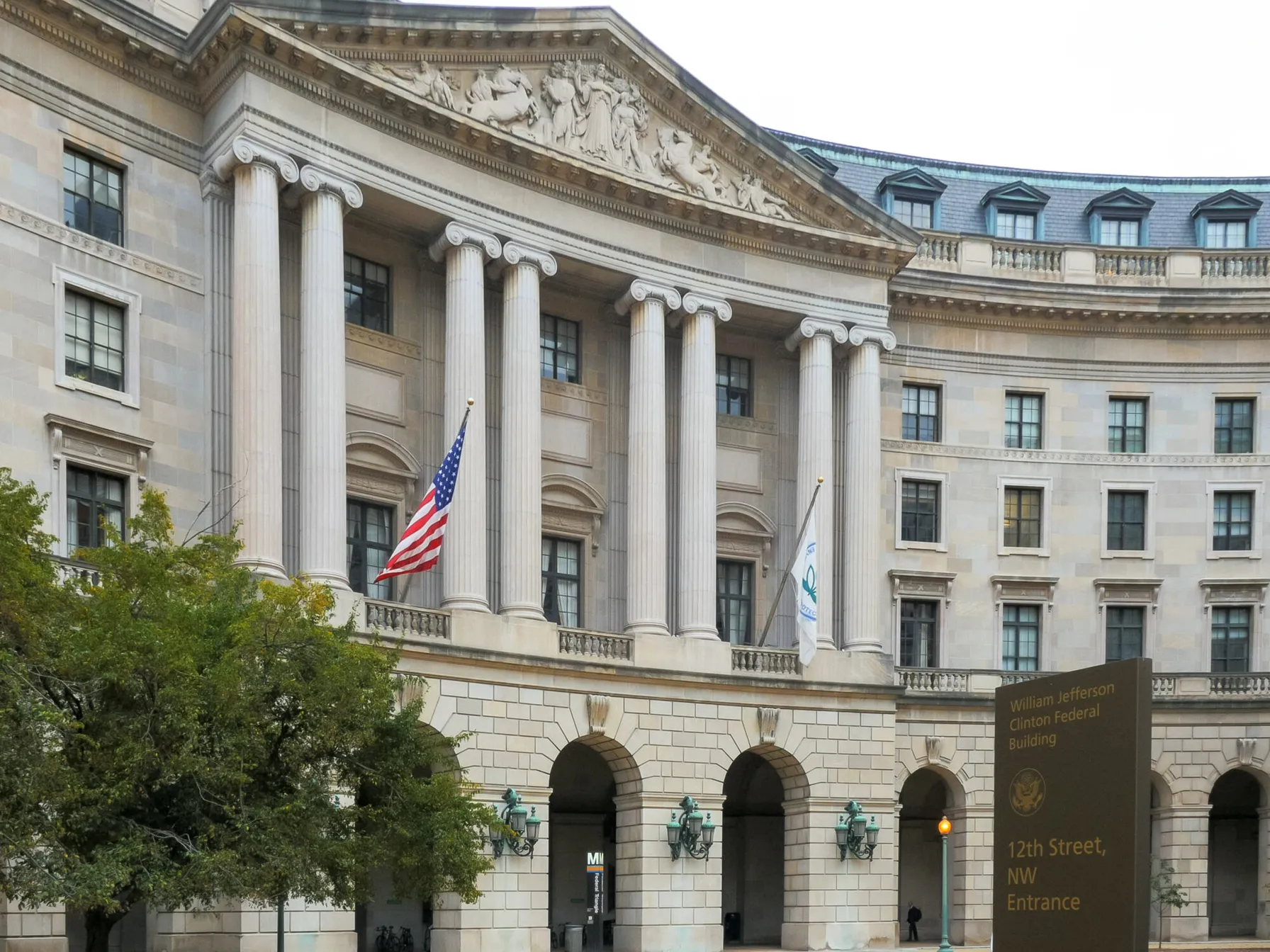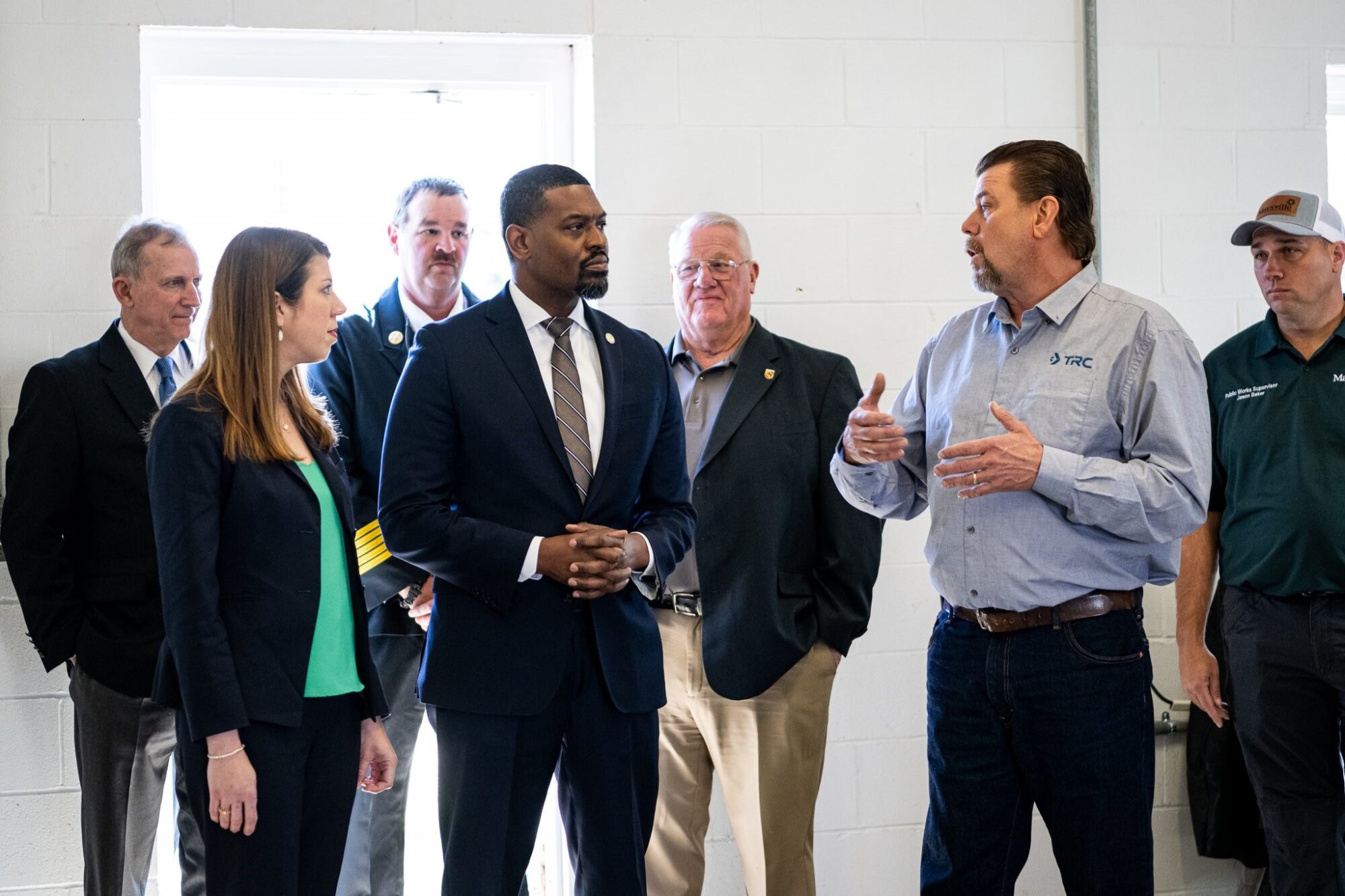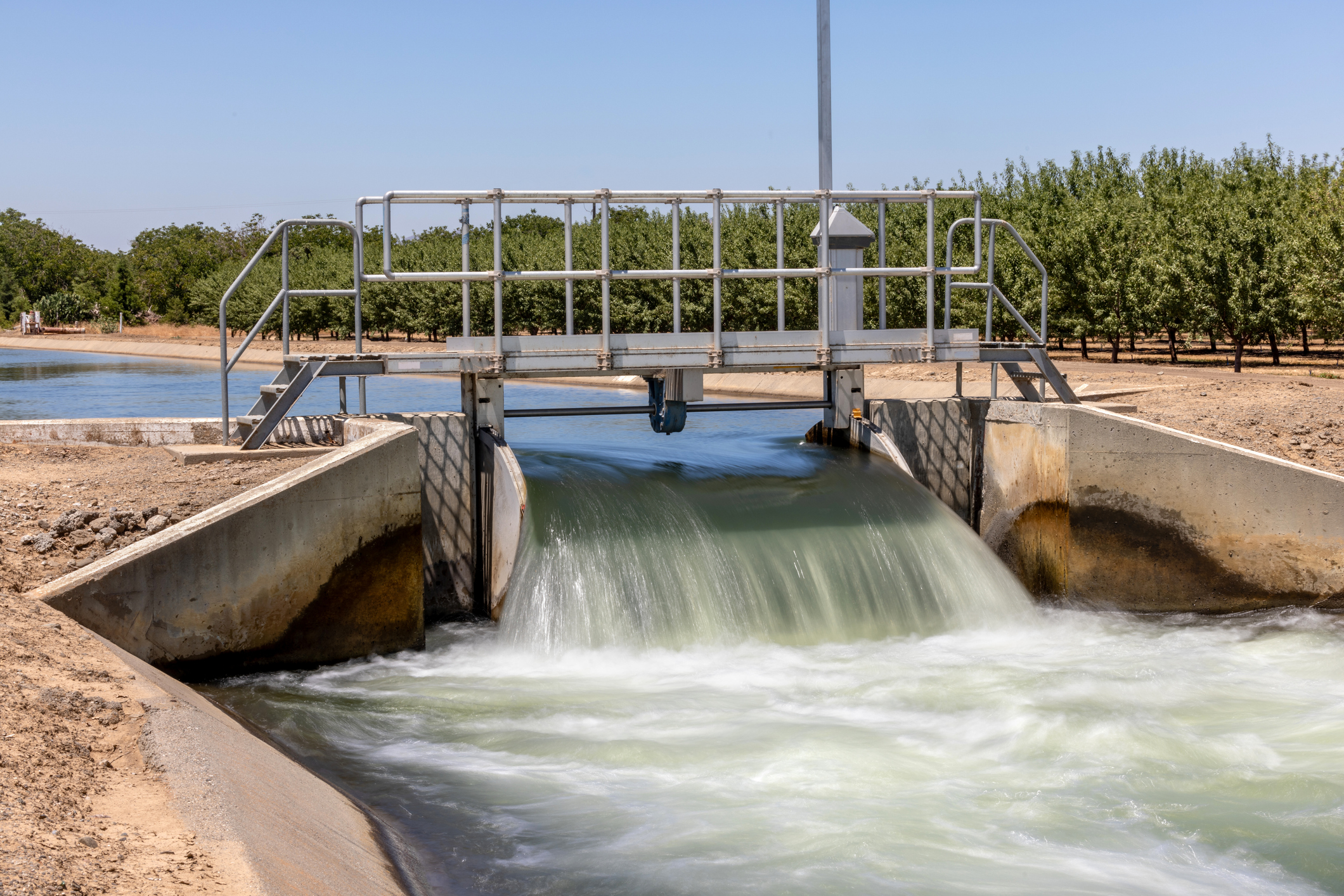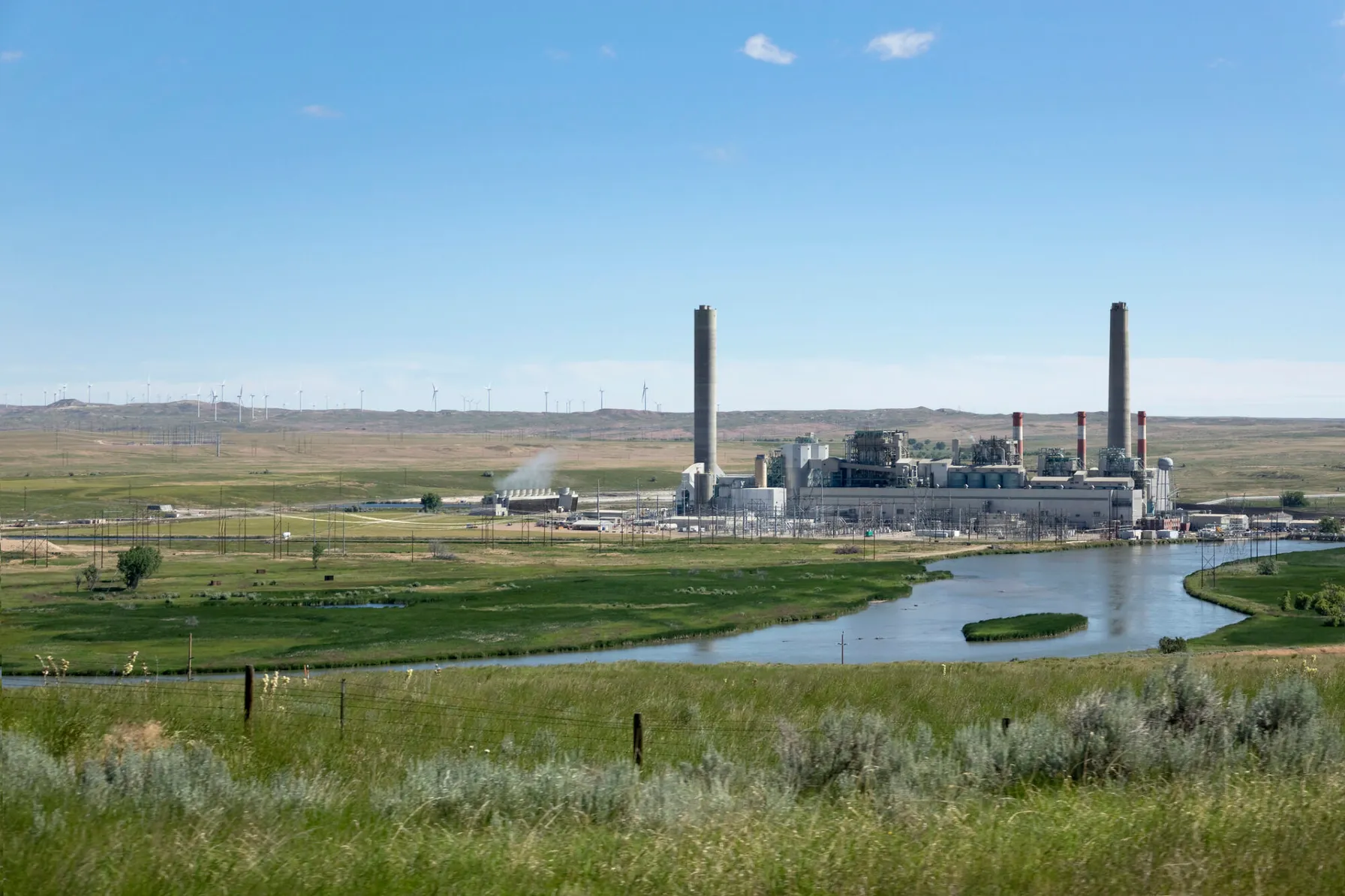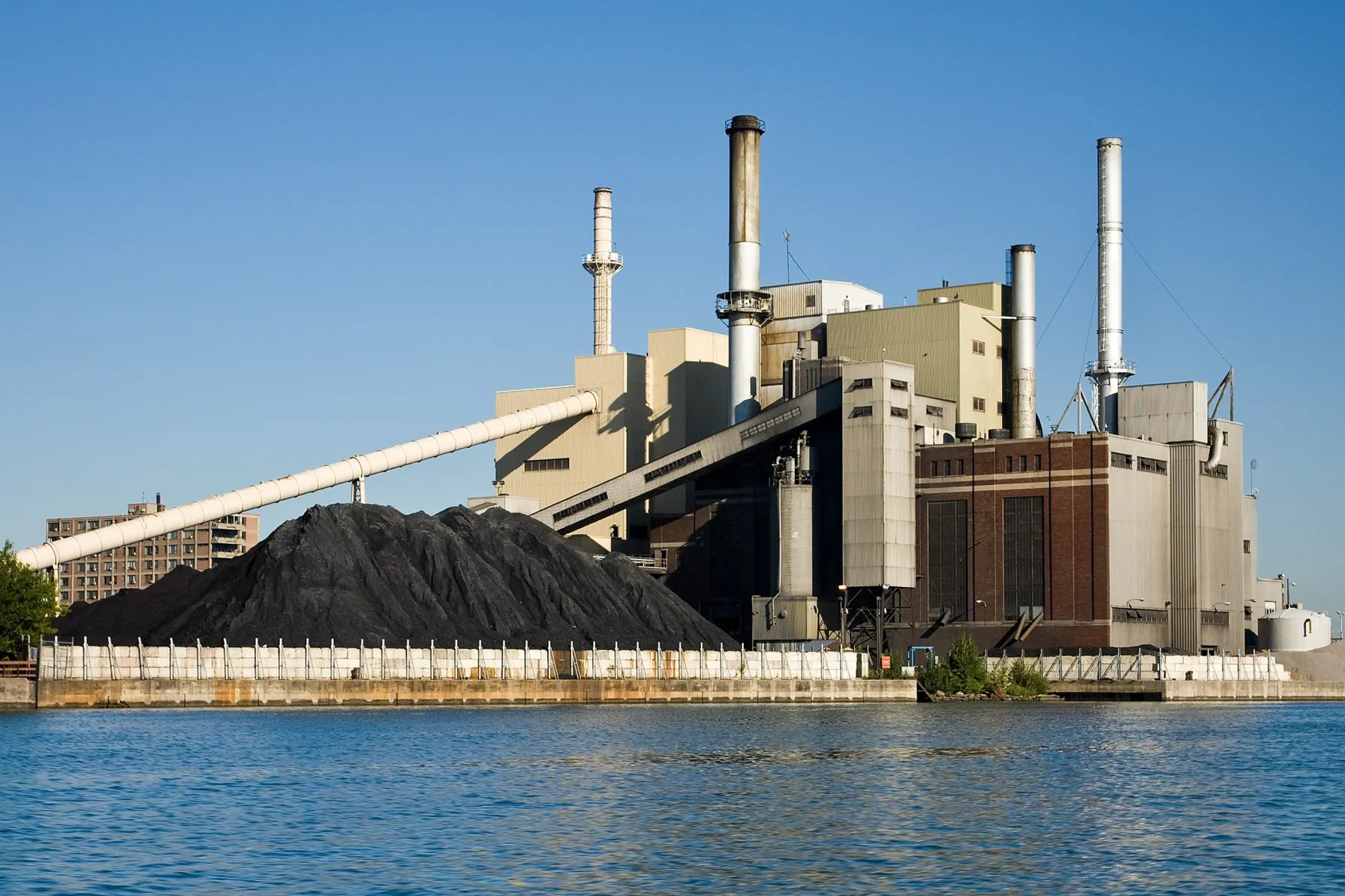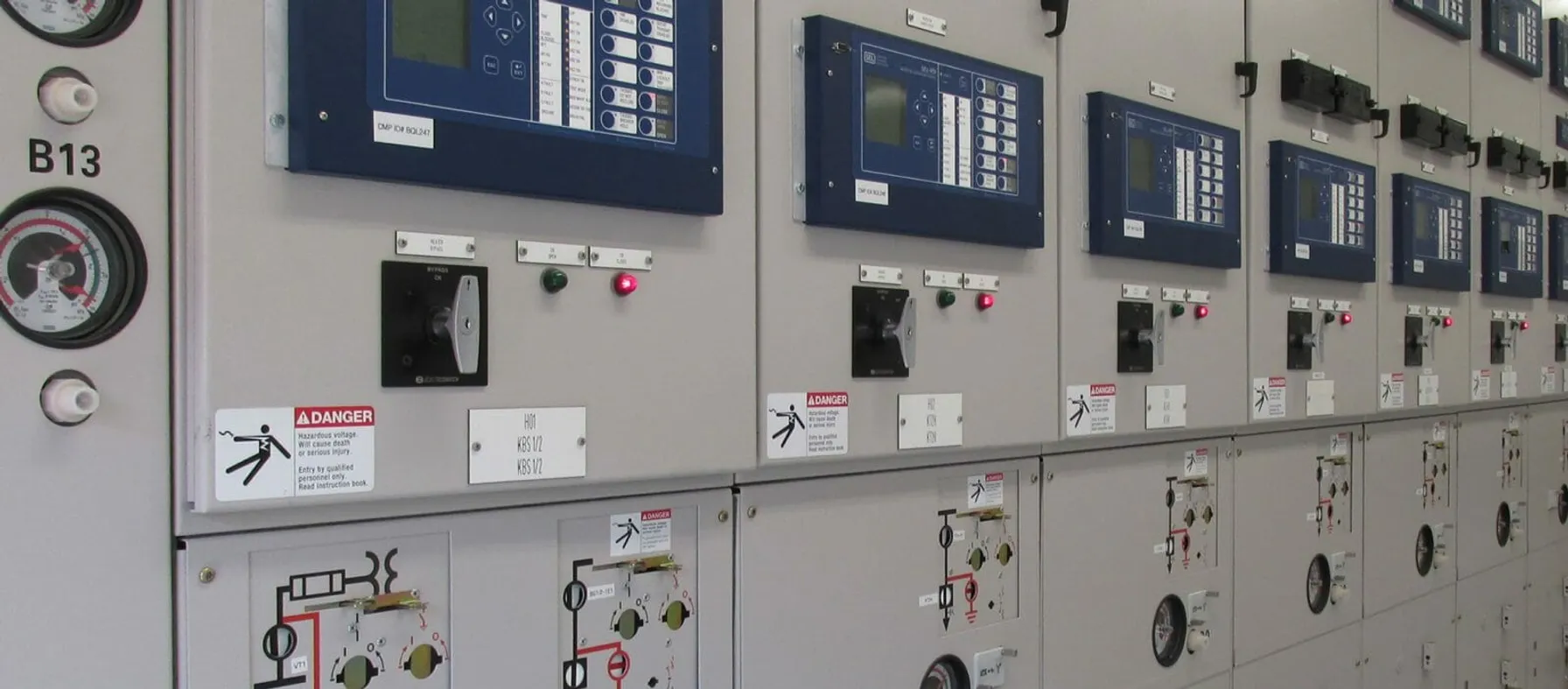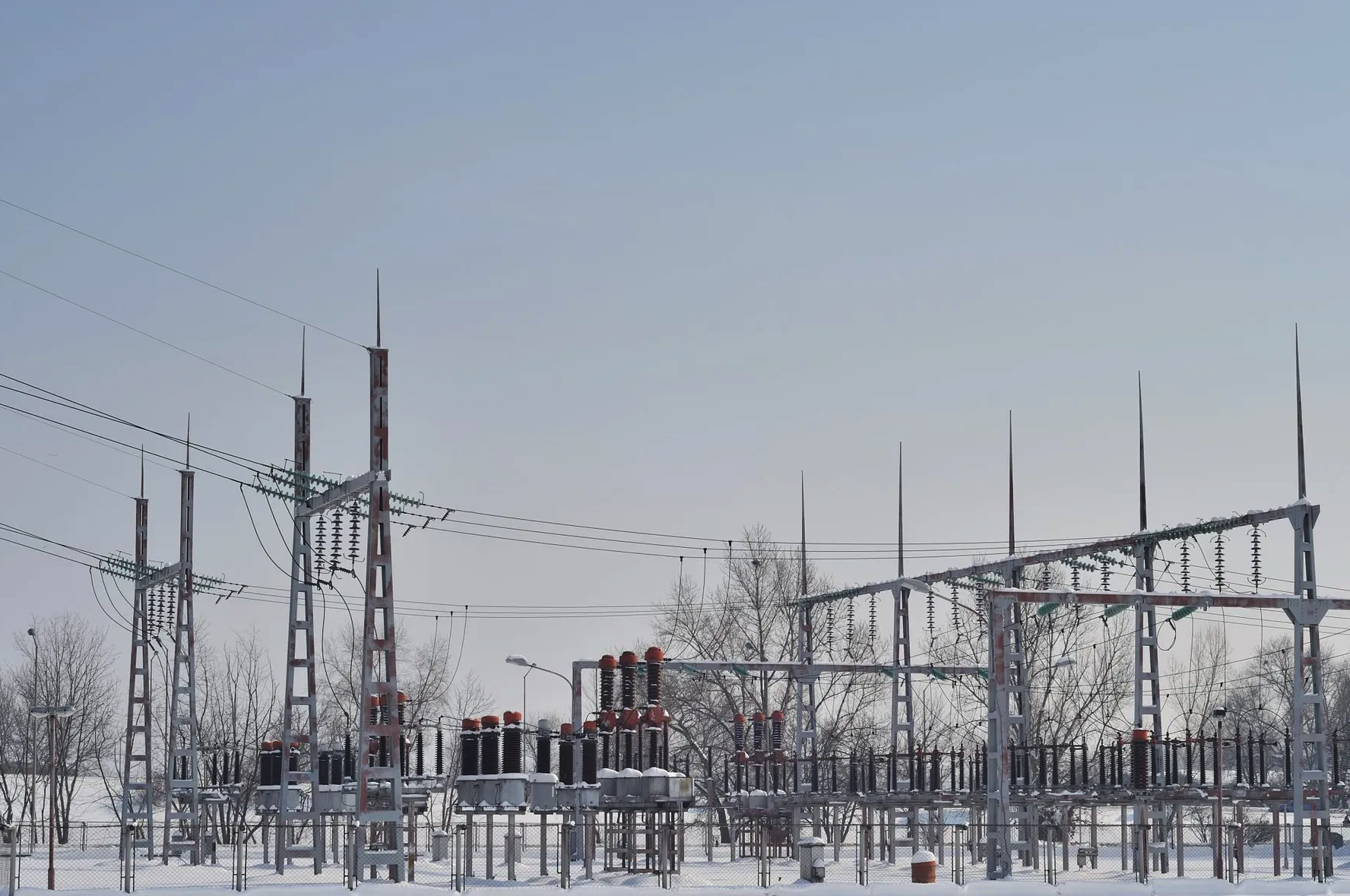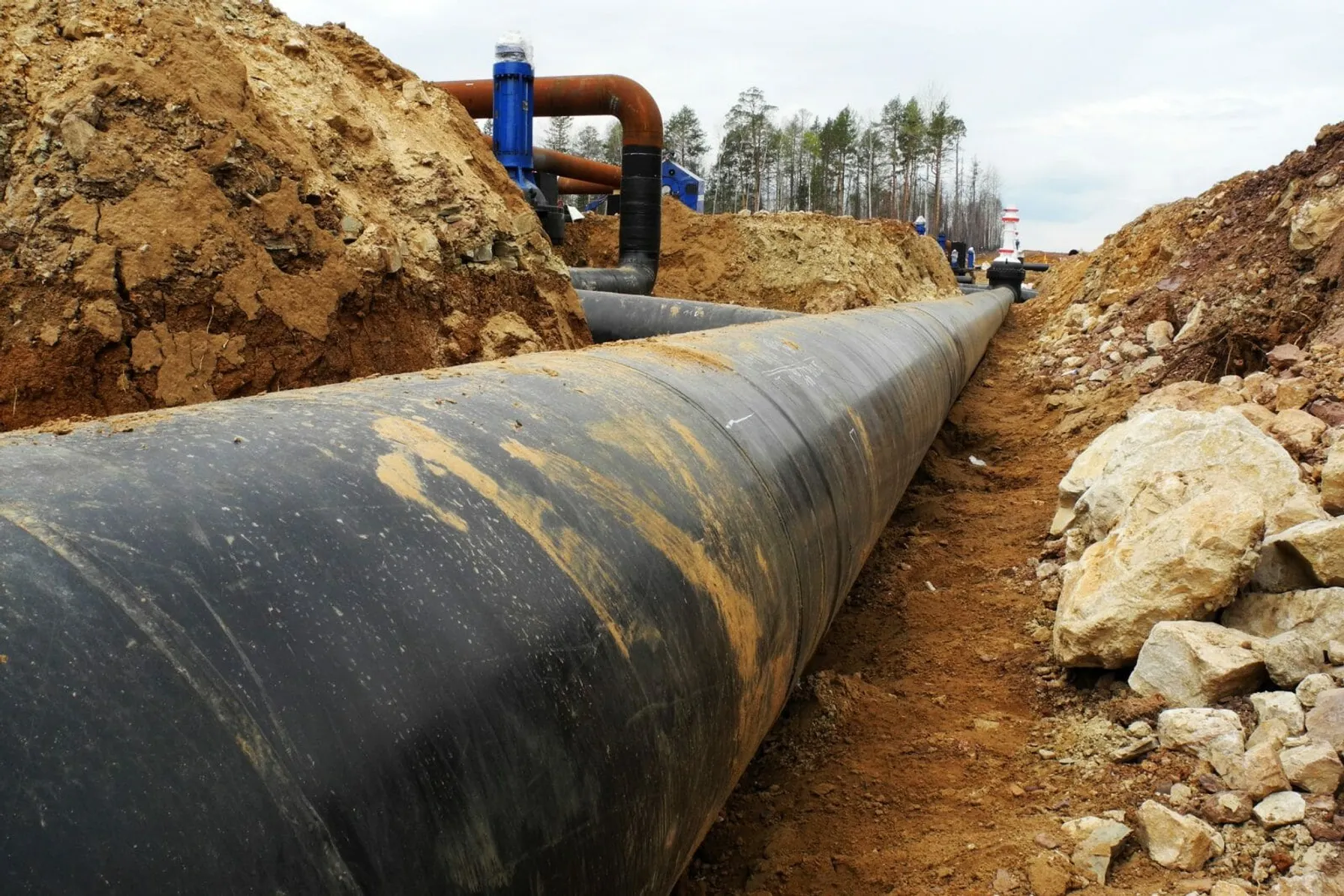Filing the record is often the last step of completing an environmental compliance task. But who will ever look at that record again? The answer to this question is the guiding principle to establishing an effective recordkeeping system. Recordkeeping is an integral component of demonstrating compliance with environmental regulations. It is often the only evidence that proves your facility complied with an applicable rule. Consequently, the audience for your records are primarily inspectors from the regulating authority and secondarily internal or external auditors that verify your facility’s regulatory compliance.
TRC has experience building environmental compliance recordkeeping systems for industrial clients. In this article we share some tips for recordkeeping that help you when you need it most.

The Audience
Know your audience. Design a file structure that tracks how an inspector might ask for documents.
At the highest level, we typically recommend file directories that categorize documents by media, such as air, waste and water, because the regulatory agency typically inspects by media type. If your files are organized by document type (e.g., reports, monitoring, plans) or by year, significant extra work will be required to pull together the records that an inspector requests to review. Look up past inspection reports – which are available online in many states – and information requests and determine which requested records should be filed together to easily present what an inspector or auditor needs to review.
Large corporations with multiple facilities in various jurisdictions may not be able to follow this inspector-focused approach. It may be more practical for complex facilities to use a recordkeeping structure that is common to all its facilities to make information easily retrievable at a corporate level. However, this can be balanced with the overall goal of storing all records that an inspector will request in one place in a system that is clear to third parties. For example, we recommend that facilities translate their file directories into a written table of contents for recordkeeping that is a part of the overall environmental compliance management system.
The Stage (and Backstage)
Understand the difference between public information and confidential business information (CBI). Segregate public information from your facility’s CBI.
Generally, required compliance documents are public information. For example, permit applications and environmental reports are public information, although many states allow protection of CBI, if legal procedures are followed. We recommend the following best practices:
- Familiarize yourself with the regulating agency’s provisions for protecting CBI.
- Prepare facility-specific compliance forms, such as control device monitoring and storm water inspection forms, in a format that does not inadvertently collect CBI.
- Integrate into quality control procedures a review of CBI for each facility-generated environmental document, i.e., a quality control signature that includes a check that CBI is not present or has been removed.
- Store only records used to demonstrate compliance in the compliance management recordkeeping system.
- Protect CBI and any other documents that an inspector is not authorized to review in a separate, secure folder.
The latter two will allow you to easily show the inspector only the records they request and provide assurance that CBI will not be an issue.

The Curtain Call
Know applicable record retention requirements. Proactively address record retention with notes for deletion dates that will ensure records are maintained as required and will prompt destruction when permitted.
An additional goal of an environmental compliance recordkeeping system is meeting record retention requirements. Many environmental rules that rely on recordkeeping for compliance demonstration also require that such records be retained for a minimum duration, such as three years for hazardous waste manifests, five years for Title V permit records and the lifetime of an emission unit for air quality construction permits.
Record retention can be proactively addressed in a recordkeeping system. We recommend including applicable record retention requirements in your environmental compliance management system applicable requirements matrix and placing an electronic note – such as a README text file or on the paper folder – in the folder of records with a designated deletion date.
The Reviews
Implement electronic recordkeeping and take advantage of the benefits of cloud applications.
As computer speed has increased and computer navigation has become more intuitive, many facilities have gravitated toward paperless recordkeeping systems.
Some benefits of paperless and cloud-based recordkeeping are:
- Flexible, editable file structure: It takes far less time to cut and paste a folder in the cloud than to change labels on a paper file or folder.
- Remote access: Cloud applications provide access from anywhere a data signal is available.
- Simplified document control: The portable document format (PDF) allows security of completed records and in-app passwords allow control of documents in progress.
- Flexible and stronger security of folders:
- With a few clicks, most cloud-based applications allow the administrator to limit access to a folder, simply by sharing a link to selected email addresses.
- Sharing duration can be limited as well, making it possible to simply open a folder – “data room”-style – to outside parties, such as inspectors and auditors, for a limited time.
- Folder access options make assignment of administrator controls possible and more transparent, allowing facilities to build their management system roles & responsibilities assignments into the recordkeeping system.
- Automatic filing: When we close an electronic document, it is automatically put back in the file cabinet. We recommend using a convention in the file name to provide additional automatic filing, such as “2023_0308_****” or “2023-03-08_****” to store documents chronologically.
We still see many facilities using “old school” hard copy filing systems that are superior to some paperless systems we have seen. Some benefits of electronic filing can turn into pitfalls because workflow is so fast. As with paper, in the electronic environment, convenience can create a messy system if it’s disorganized. Searching for a record that is lost in Windows Explorer while an inspector waits is not a good look during an inspection.

Closing the Run
Avoid giving an auditor or an inspector the time and incentive to dig up issues because records are a mess. As with good housekeeping, good recordkeeping helps project an image of stewardship and organization that builds trust with inspectors. A well-organized file system also promotes smooth succession when personnel change. New environmental staff and management can immediately gain a sense of the scope of environmental regulation and the facility’s environmental footprint simply from reviewing the environmental filing directory.
This article has focused on environmental compliance recordkeeping, but the tips apply as well to other types of environmental recordkeeping, such as required by internal corporate policies, consensus standards or ISO 14001.

The Coaches
How do you ensure your business is following all applicable environmental laws so your company can continue to thrive in today’s market? Do you need help getting organized? TRC’s ONE Compliance team has experts who help untangle the confusion and keep your business compliant with all environmental regulations and permits. This team offers fast, friendly and easy to understand support so you can focus on your company’s operational tasks. This includes developing environmental compliance management systems for manufacturing facilities, including recordkeeping systems. We can be your partner in managing environmental compliance and help you find the right solution for your facility.
Learn More From Our Technical Experts
TRC’s Center of Research and Expertise (CORE) is a multidisciplinary team led by proven subject matter experts in over 30 specialized technical areas. Our monthly CORE newsletter shares valuable insights on emerging technologies, significant challenges and innovative solutions present in many industries across the world. Our experts also share how they use their unique skills and experience to solve client issues and support our communities and the environment.

Related Materials
Achieve New
Possibilities
Partner With TRC’s Tested Practitioners




